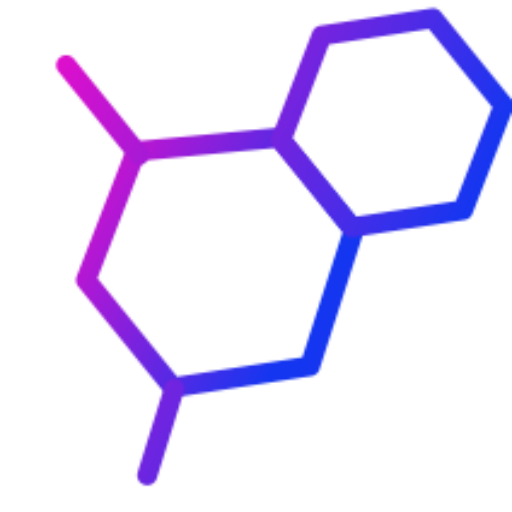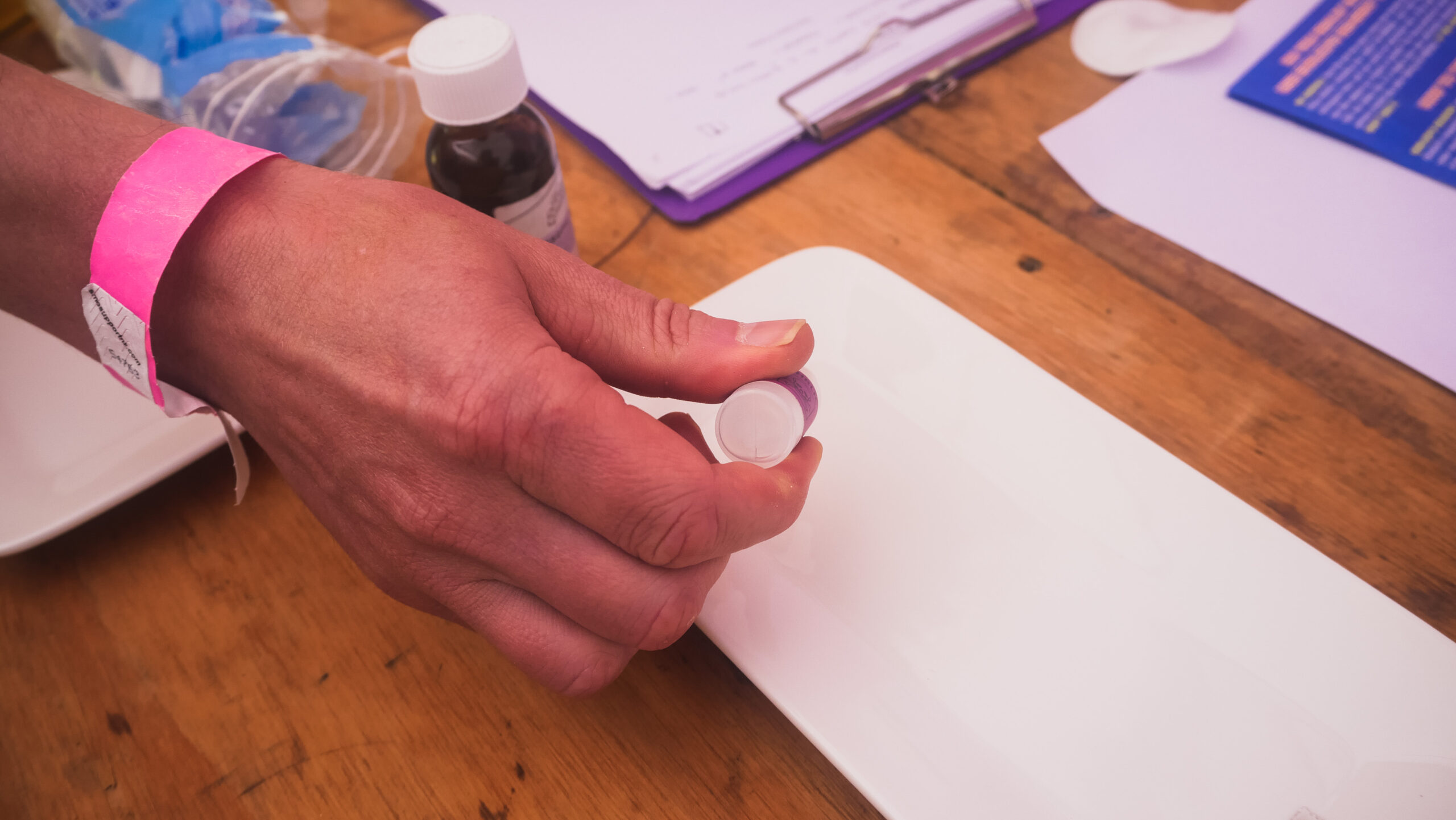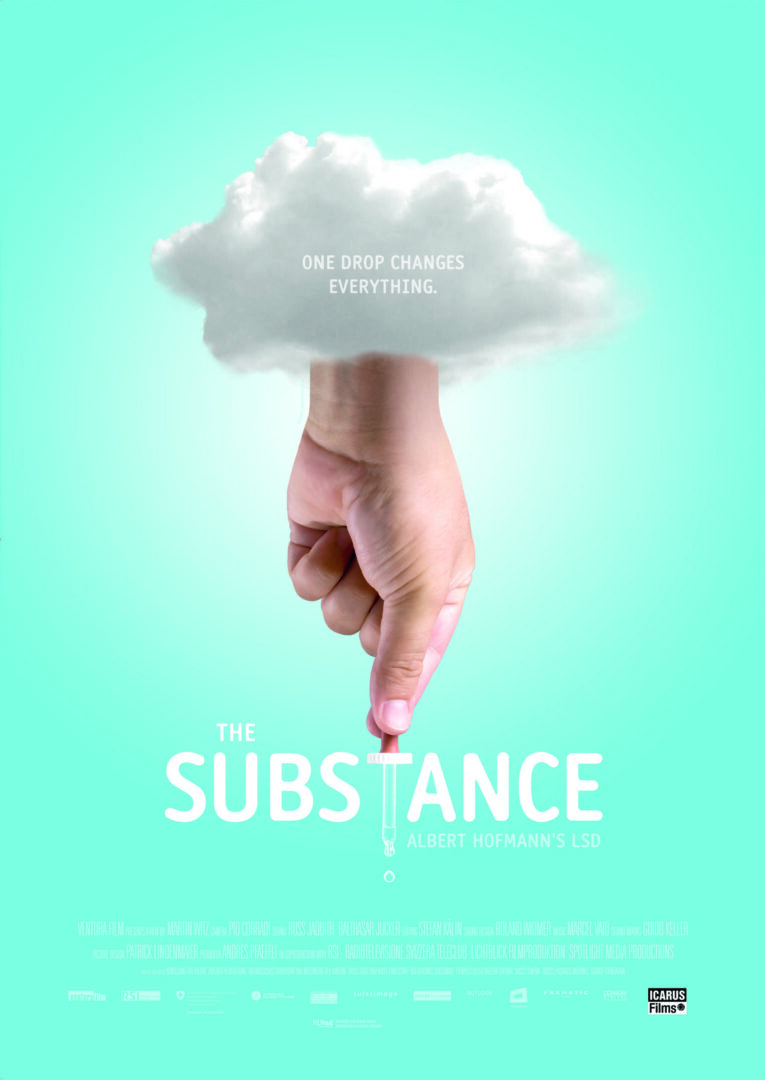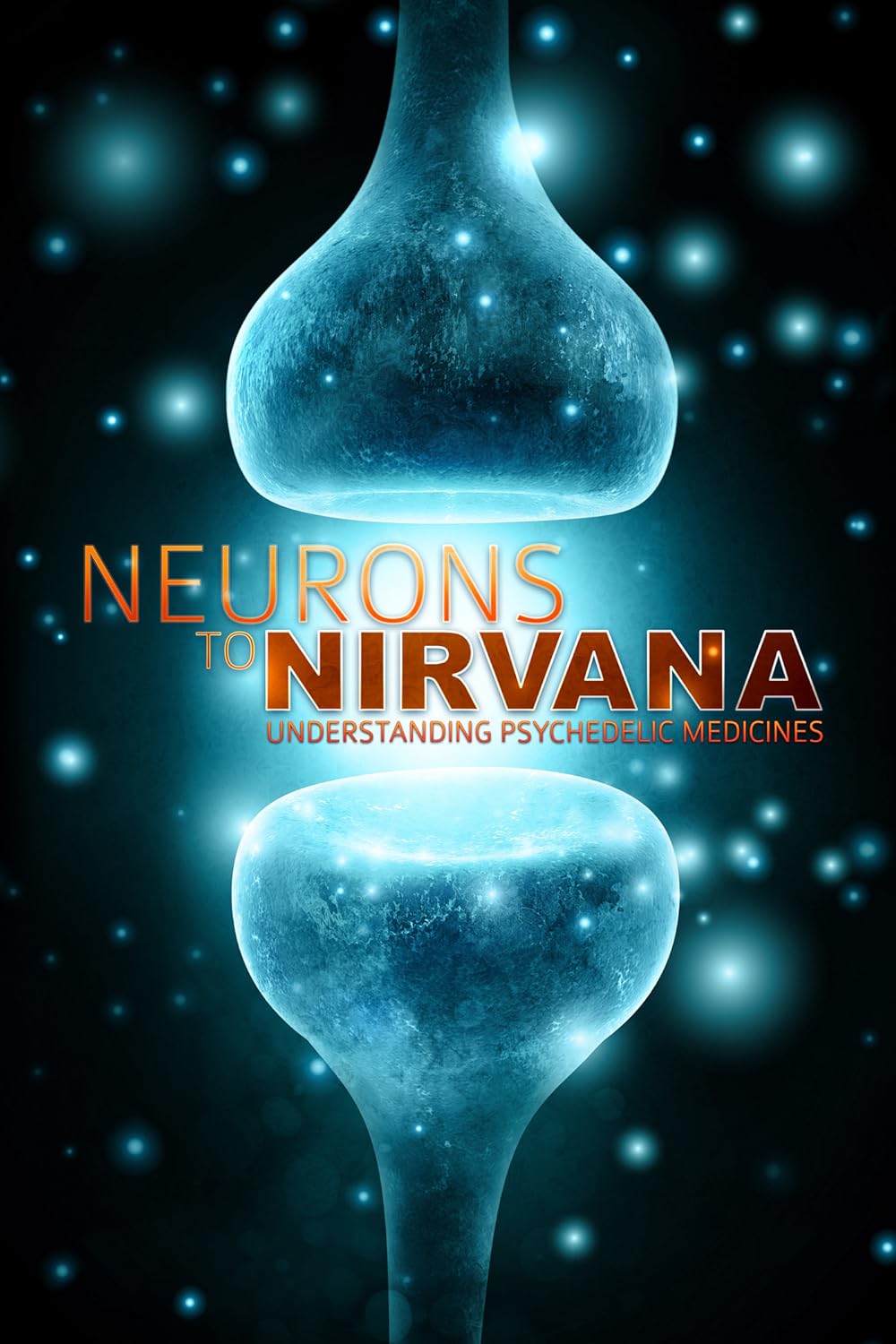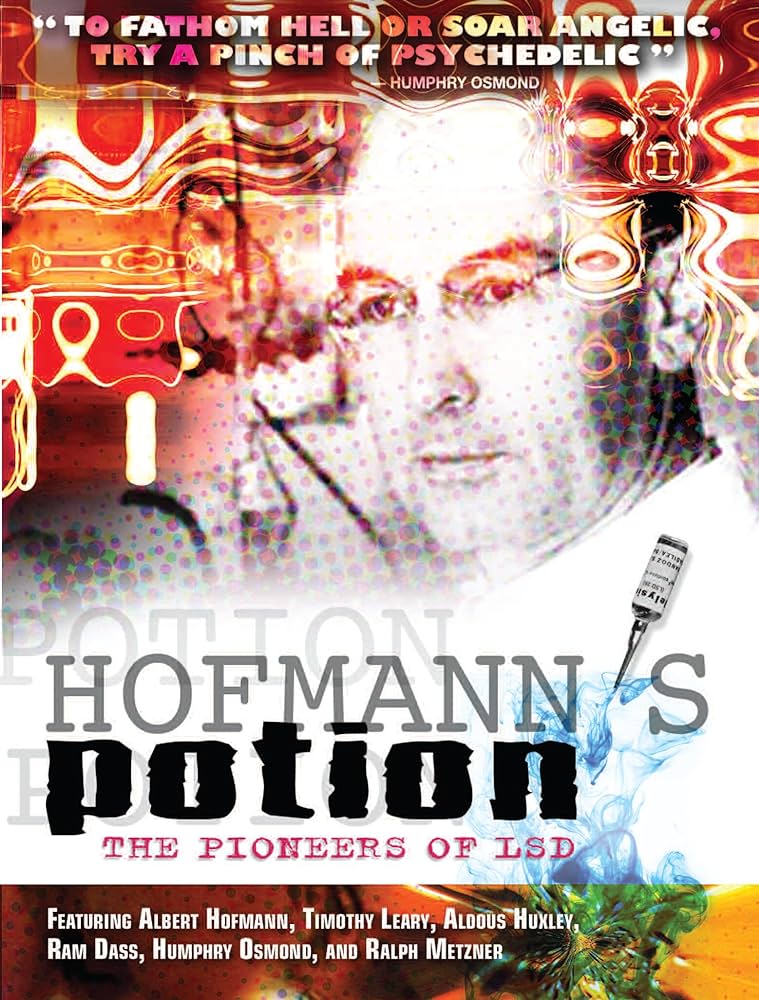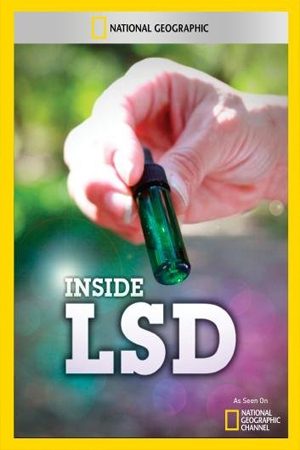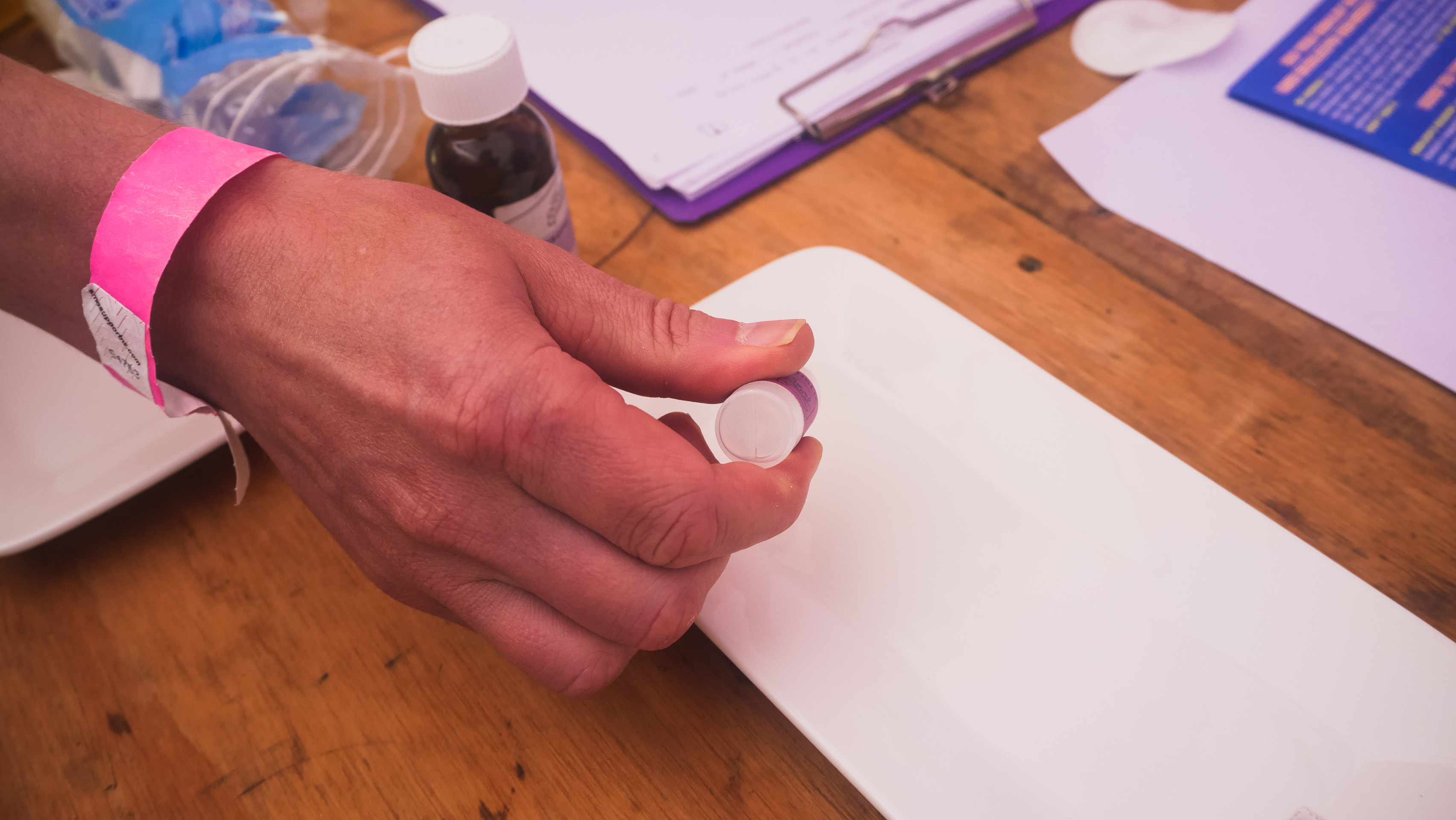
We know there are still plenty of things sold as MDMA that are, well, not MDMA.
If you can get to a drug checking clinic, or access drug checking at a festival or event, this is the best way to test your substances. The machines used are much more sensitive than testing you can do at home.
However, we also know that not everyone is able to access drug checking. Using reagents to check your drugs at home is a decent alternative.
Remember, reagents can only tell you the presence of a substance, not whether it is a mixture. Darker colors also override lighter ones, so if your sample is 50% MDMA and 50% eutylone (a synthetic cathinone, aka ‘bath salts’), the black reaction for MDMA will override the cathinone reaction.
What do I need to test my MDMA at home?
You will need reagents (see below). A few other supplies we’d recommend are:
- A white plate (ceramic, not paper or plastic!)
- Some cotton pads and rubbing alcohol, or something to clean the plate off with
- A small amount of the substances(s) you’d like to test – about the size of a match head is plenty
- Ideally gloves, to protect your fingers from the reagent chemicals
Reagents are corrosive liquids, and they can burn skin and clothing. Take extra caution when using them and don’t use leaking or broken reagent bottles.
How do I use reagents to test MDMA?
You will see below that there are a few different reagents you can use to test MDMA, but the process for using reagents is the same:
- Take a clean, dry ceramic plate
- Place a small amount of your drug onto the plate. You only need about a pen point amount. If you are using more than one reagent, make sure you space out the small piles of your substance. If you are testing a pressed pill, the best method is to cut it in half and scrape a little bit from the middle inside of the pill.
- Put gloves on and remove the reagent from the container. You can do this with a pair of tweezers if easier
- Make sure the reagent bottle is not broken or leaky
- Take the cap off the reagent bottle, hold the bottle a couple of centimeters above your drug sample and squeeze a drop onto the sample (be sure to not let the top of the bottle touch your drugs)
- Leave the reagent to react with your sample
- You can repeat this process with separate samples of your substance for any other reagents you have
- Clean off the plate thoroughly after you are done with the reagents. We suggest using isopropyl alcohol and a cotton swab and then a regular rinse and wash. Pinch the swab with your fingers so that the part that is touching the reagent is not the part you are holding
Only do one reagent at a time on separate samples of your substance. It can be easy to forget which reagent is which if you try and use several at the same time.
A few important things to remember
- The reagent is corrosive so don’t let it touch your clothes or skin. If it does get on you, rinse the area immediately with cold water, or remove the affected piece of clothing
- Don’t touch the tip of the reagent bottle to your sample. This will contaminate the whole bottle and mean that any future samples have inaccurate results. Dispose of the reagent if this occurs
- You cannot consume the bit of your substance that you test – the reagent is dangerous to swallow.
What reagents can I use to test MDMA?
It’s always recommended to use more than one reagent when testing MDMA. This is because different reagents can tell us different things. It also reduces the chance of making an error.
Here are a few options you can use. You may want to do a few of the steps, or just the first one.
Detecting the presence of MDMA
You can start with a basic reagent test that will turn black if MDMA is present in your sample. You can use one of three reagents for this: Marquis, Mandelin or Mecke. All these reagents will turn a dark colour, either black or dark brown, blue, or purple for the presence of MDMA. Check the bottle for details.
Marquis and Mecke liquids will darken over time in the bottle, so make sure that what you are seeing is a colour change, and not just the colour of the reagent. Usually you will see some light bubbling and the colour change slowly, spreading from the centre of the substance out to the edges.
If you don’t get a dark colour, the colour chart will show you what your substance may be. Synthetic cathinones are one of the most likely substitutes for MDMA – these often turn a yellow, orange, or light brown colour.
A reminder that if your test shows that MDMA is present, that doesn’t necessarily mean it’s not mixed with other substances.
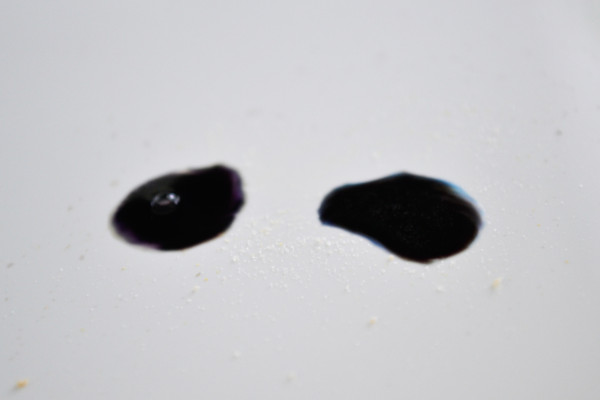 Marquis and Mandelin tests showing presence of MDMA with dark colour change and bubbling
Marquis and Mandelin tests showing presence of MDMA with dark colour change and bubbling
Differentiating between MDMA and MDA
After you’ve run one of the basic tests above, you might want to check whether your substance is MDMA or MDA, as both will go black on the Marquis, Mecke and Mandelin tests. MDA is a similar drug to MDMA, but the effects last longer and it is less empathogenic (or ‘lovey’).
You can do this using Simon’s reagent. The process is the same, but there is an A and B bottle. You follow the same steps but place a drop of the ‘A’ liquid on first and then the ‘B’ liquid on top, and observe the reaction. Simon’s will have no reaction for MDA but will turn blue for MDMA.
I got my reagent testing result. What next?
If your MDMA tests as something other than MDMA, there are other reagents you can use to get a bit more information. Mecke and Liebermann can differentiate between some cathinones for instance.
As reagents are not nearly as accurate as the machines at drug checking clinics, it is important to take your results as a ‘best guess’ rather than a definitive answer on what is in your drugs. And of course, whatever the result of your reagent test, it is important to follow some key tips to be safer when using drugs.
